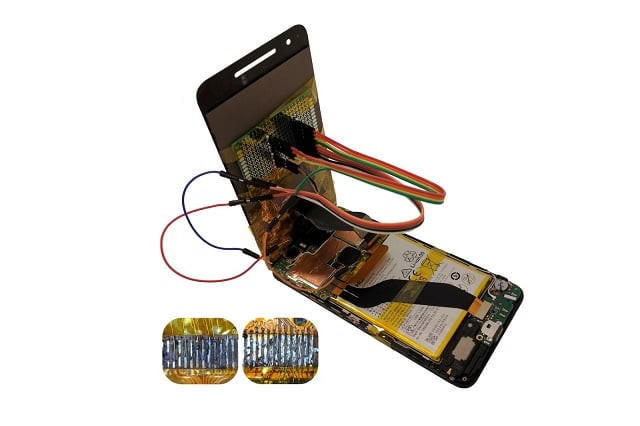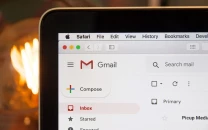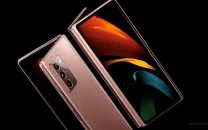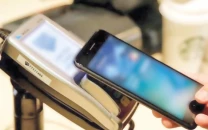Alert: Hackers can use replacement screen to hijack your smartphones
Android phones aren’t only ones at risk, iPhones could also be vulnerable to such attack

PHOTO: OMER SHWARTZ
Researchers from Israel's Ben-Gurion University of the Negev reveal how a replacement screen can be used as a smoke screen to override your smartphone and embed a malicious chip.
The team was able to manipulate the communications system on a Huawei Nexus 6P and LG G Pad 7.0 by hacking into keyboard inputs, snap pictures of the user and direct them to phishing websites.
VPN provider Hotspot Shield accused of violating user privacy
They also carried out a second class of attack which saw them exploit vulnerabilities in the handset's operating system.
The most concerning reveal from the study is that the hazardous screens can be made to look identical to the real thing -- meaning even a handset technician may not be able to tell the difference between an original screen or its compromised third-party version.
Given the nature of the attack and the way it is carried out, anti-virus software’s are deemed useless in preventing such attacks.
This type of low-cost attack isn't the most advanced in terms of the technological dynamics but certainly are quite effective as the team used an Arduino platform running on an ATmega328 micro-controller module along with an STM32L432 micro-controller to do the job.
US tech company becomes first to offer employees microchip implants
A hot air blower is used to separate the touchscreen controller from the main assembly boards, in order to access its copper pads and a copper wire attaches their chips to the device to take over the phone.
Android phones aren’t the only ones at risk with the paper suggesting that iPhones could also be vulnerable to such an attack.
This article originally appeared on Engadget.



















COMMENTS
Comments are moderated and generally will be posted if they are on-topic and not abusive.
For more information, please see our Comments FAQ